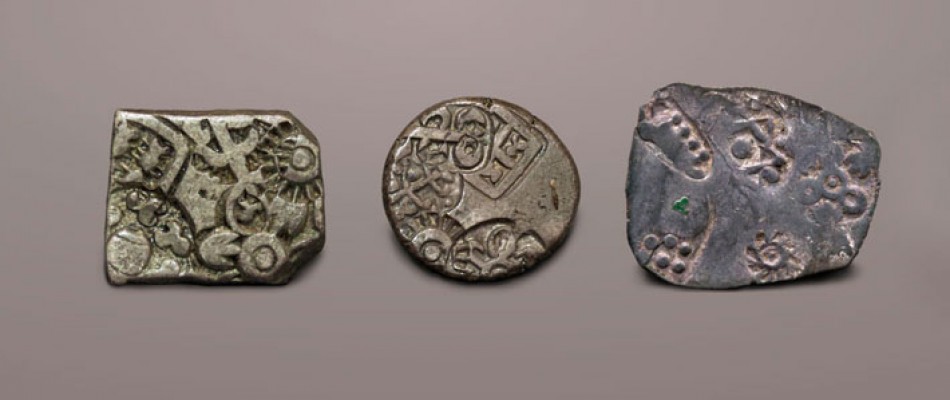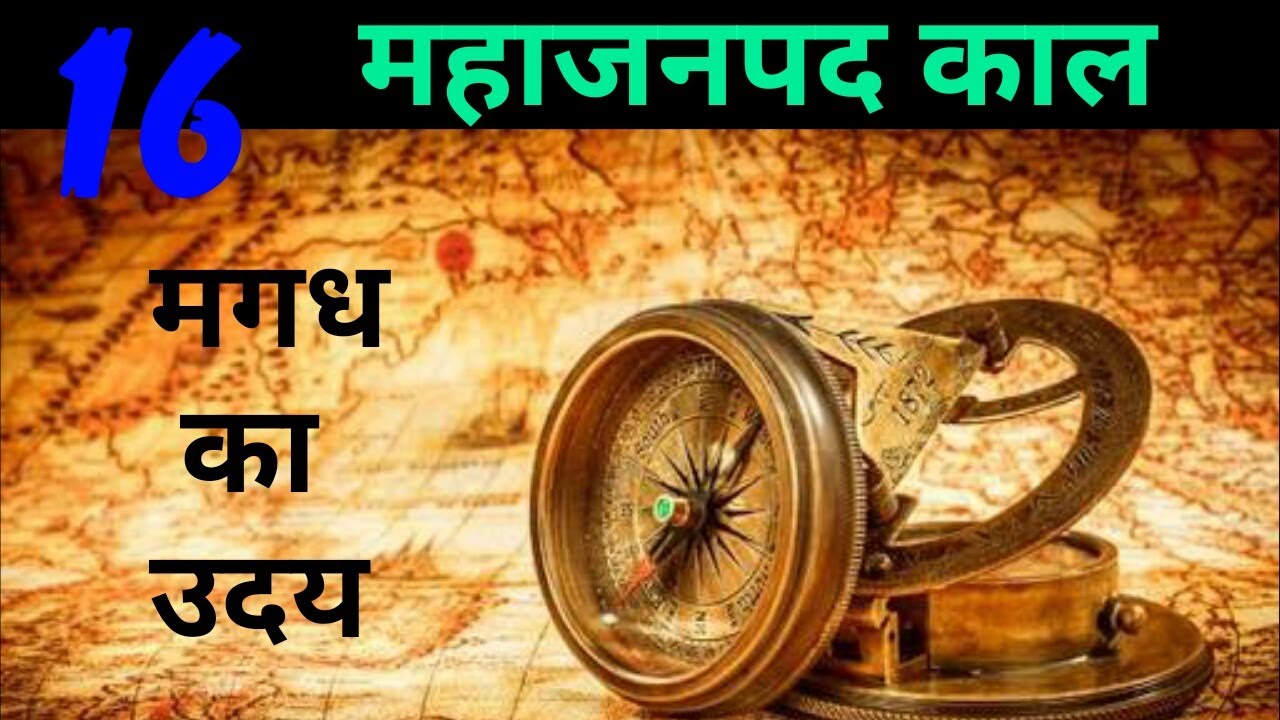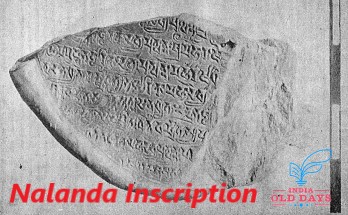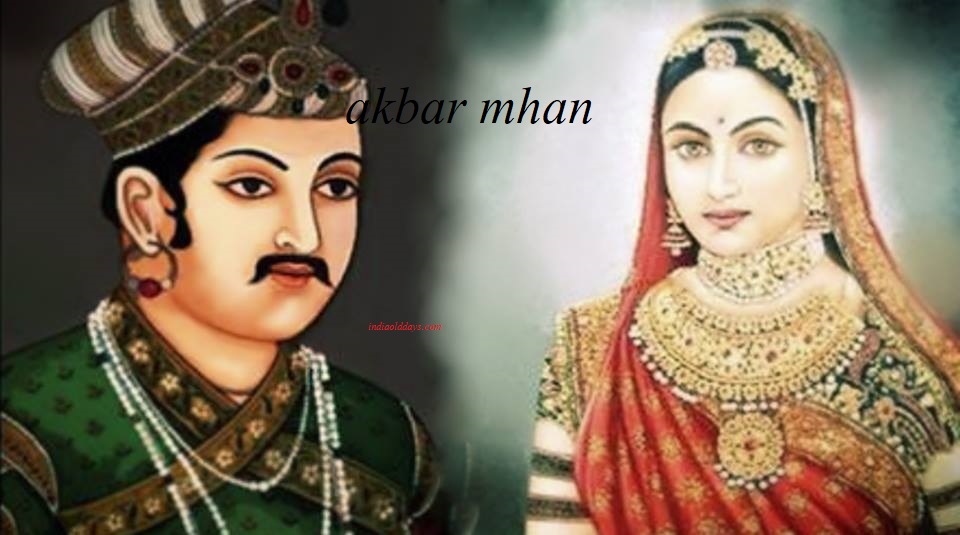Brahmin literature – Buddhist texts Tripitaka, Jain texts, Jataka tales
Buddhist and Jain literature comes under Brahman literature.
The most ancient texts are Tripitaka under Brahmin literature. Most ancient Buddhist texts are also Tripitaka.
There are three Tripitaka:
- Sutta Pittak,
- Vinay Pittak,
- Abhidhamma Pittak.
Buddha’s religious ideas and words are collected in Sutta Pitaka. It is called the Encyclopedia of Buddhism.
Vinay Pittak mentions the rules of the Buddhist Union.
Abhidhamma Pittak describes Buddhist philosophy.
There are fictional stories of Buddha’s past lives are in Jataka tales.
There are 550 Jataka tales.
The oldest Buddhist texts are in the Pali language.
The Buddhist texts written in the Pali language has been considered to be of first or second BC.
The Vishudh Maggh composed by Buddha Ghosh is the texts of the Hinayana branch of Buddhism. It has been accepted as authentic philosophical texts on Buddhist principles.
Jataka tales are an invaluable source of information about the social and economic status of the 5th century BC to the second century BC.
Deepavansh and Mahavansh were composed in the fourth and fifth centuries respectively.
Deepavansh and Mahavansh (Pali Granth) get detailed information about Mauryan history.
Milindapanho (composed by Nagesen) the book of the Pali language, is the philosophical conversation of the Greek King Minnaar and the Buddhist monk Nagesen.
The information about kings and political situation (at that time)get from the Divyavadan.
Arya-Manju-Shri-Moolkalp has a description of the Gupta rulers from the Buddhist point of view.
Anguttar Bodies have the details of 16 Mahajanapadas.
Mahavastu and Lalit vistar have the life story of Gautama Buddha.
The Buddcharit, Saundranand, Sariputra episode, composed by Ashwaghosh provides information about the social-religious life of that time.
Jain literature is called Agam (theory).
Jain Agam consists of 12 limbs, 12 alters, 10 sparse, 6 verses formula.
The Aacharang Sutra describes the rules of conduct of Jain monks.
The life-cycle of Mahavira Swam is mentioned in Bhagwati Sutra. It mentions 16 Mahajanapadas.
The Parishisth Parva composed by Hemchandra, mentions many historical events.
The information about the early history of Jainism is known in Bhadrabahu’s kalpa-sutra.
Kuvalayamala composed by Udyotan describes the social and religious status of the Jain society.
indiaolddays :https://www.indiaolddays.com/





